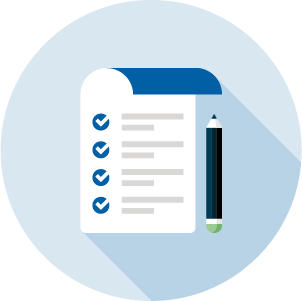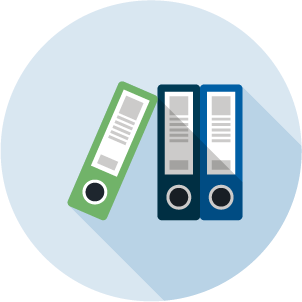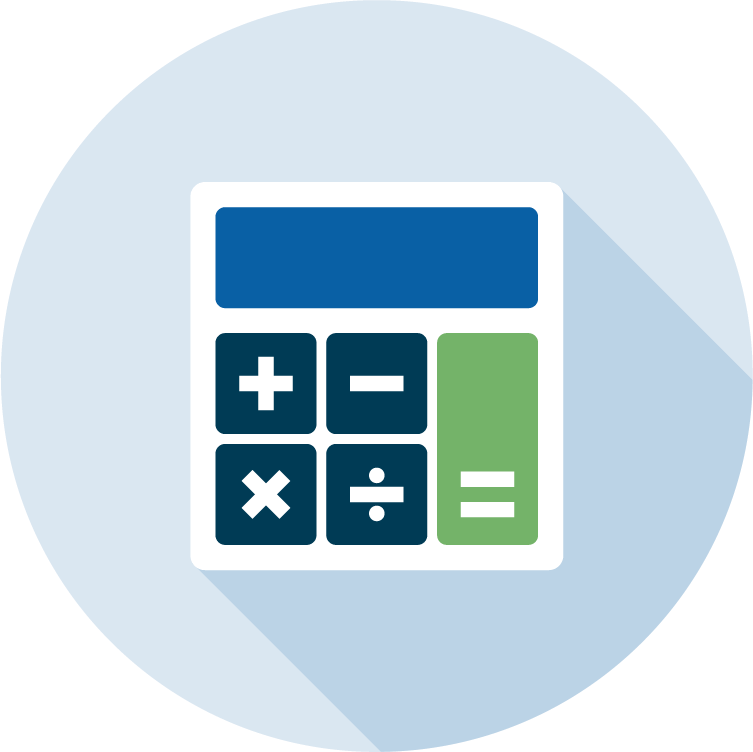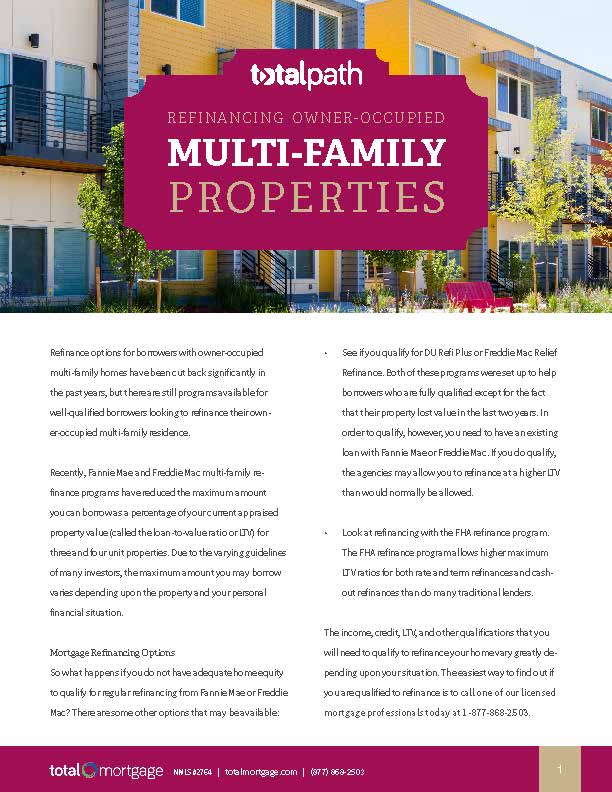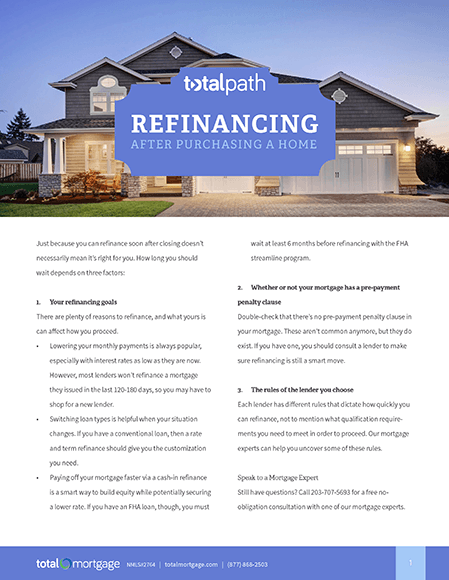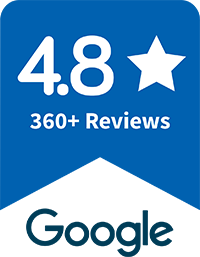Refinancing 101: Rates and Resources
Learn about our process or jump ahead.
get a sneak preview of your refinance
Want to know a secret? Refinancing your existing mortgage just means replacing it with a new loan—albeit one with a better interest rate, different term, or some other benefit to you. Most of our borrowers find that refinancing is much simpler than the first time around.
Here's what you can expect from us.
Step 1: Application
Once you make the decision to refinance, one of our Loan Experts will walk you through an application to get things rolling. If you’re ready to supply us with some documents and financial information, we’ll also calculate your rate and give you chance to lock it in.
Step 2: Processing and Underwriting
After we receive your completed application, it heads to our Underwriting Department to be vetted. At this stage, it’s common for you to be in contact with your Processor, who reaches out when we require input or documents from you.
Depending on your loan type, you may be required to get a new appraisal.
Step 3: Closing
Once your loan has made it through Underwriting, you’re clear to close! There’s no seller to work around this time, so this part should be nice and easy.
If you have a specific goal in mind with your refinance, we can help with that, too:
today's mortgage rates
Last updated - July 26 2024 4:15pm EST.The table is updated twice every day with the current mortgage rates

Tight moving deadlines? No problem! Meet even the tightest deadlines with our 21 day purchase closing guarantee.*
For almost twenty years, we’ve done nothing but residential mortgages. That’s a lot of experience—and a lot of expertise. We do everything in-house, so our mortgage professionals can guide you through our streamlined process, from credit check to closing.
On the fence? See how much you can save.
here are some top refinancing resources
Mortgage rates are volatile and subject to change without notice. All rates shown are for 30-day rate locks with two and a half points for a single family owner-occupied primary residence with 750 or higher FICO and 80 LTV over a 30-year loan term except where otherwise noted and are subject to mortgage approval with full documentation of income. The APR for a 30-year and 15-year conventional fixed-rate mortgage loans are calculated using a loan amount of $417,000, two and a half points, a $495 application fee, $450 appraisal fee, $1,195 underwriting fee, a $10 flood certification fee, and a $82 credit report fee.* 15-year conventional mortgage rates are calculated with a 15-year loan term.* The APR for jumbo mortgage rates is calculated using a loan amount of $500,000, two and a half points, a $495 application fee, $450 appraisal fee, $1,195 underwriting fee, $10 flood certification fee, and a $82 credit report fee.* The APR for FHA mortgage rates is calculated using a loan amount of $295,000, two and a half points, a $495 application fee, $450 appraisal fee, $1,195 underwriting fee, $10 flood certification fee, and a $82 credit report fee. Some rates and fees may vary by state.* The APR for adjustable rate mortgages (ARMs) is calculated using a loan amount of $417,000, two and a half points, a $495 application fee, $450 appraisal fee, $1,195 underwriting fee, $10 flood certification fee and a $82 credit report fee. Some rates and fees may vary by state. Products are subject to availability on a state-by-state basis. By refinancing your existing loan, your total finance charge may be higher over the life of the loan.



